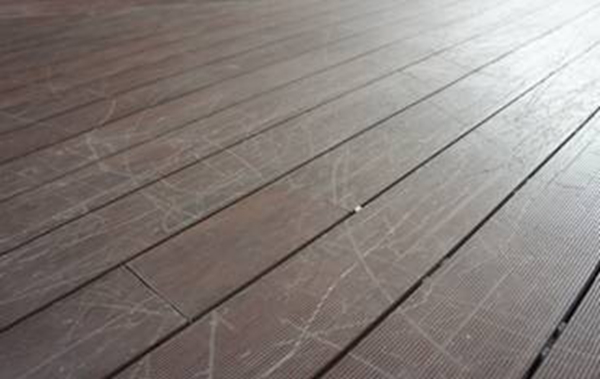Back in 1996 composite decking started a revolution in the decking industry by starting to offer what was supposedly the next generation in decking material. The technology was far too premature though and soon multiple manufacturers were producing this material.
Eventually, each one started having problems involved with cracking, crumbling, flaking, fading, and worst of all mold and mildew. What many consumers don’t know is that these problems are just time bombs waiting to explode. Eventually, all WPC (wood plastic composite) no matter made from who will succumb to one of these problems. You can see for yourself online the enormous amounts of class action lawsuits coupled with horrific pictures that make you want to never buy composite decking again, see below for some examples.
.jpg)

.jpg)
.jpg)
Fast forward to early 2009 and you will see the capped composite slowly emerging in the market place as the solution to all the problems of the earlier regular composite. Manufacturers started using the process of co-extrusion to create this extra protective surface above the original composite, see the image below. This extra protective layer has the following advantages compared to regular composite:
1. The color doesn’t fade as quickly.
-Usually with regular composites the amount of wood fiber in the formulation determines how extreme & quick the fading will be. The more wood fiber in the formulation the quicker the composite decking will fade, the reason is because the wood is deteriorating which in turns takes away the color concentrate used during the compounding stage.
2. No mold/mildew
-With the capped composite mold/mildew cannot feed on the wood fiber because the top, cap layer, is usually made of pure plastic. So, there will never be mold/ mildew because of the capped composite surface. Mold/Mildew can still grow on top of the decking boards though because of unwanted bio material such as leaves, grass, food particles, and etc.
3. More scratch resistance
-Since this capped layer again is pure plastic and has no wood fibers on the top it makes it much much more difficult to scratch. On top of that, there is deep rich embossing/ engraving that goes deep into this plastic layer and you have a much better scratch resistant board.
4. More natural colors
-The main seller for all caps though relies on the color. The end user at the end of the day just wants something that LOOKS like wood. So, the color needs to be variegated enough to allow these streaks to occur on the board like you see in real wood. The cap allows you create this variegation, with the regular composite you just have one solid dead color that isn’t attractive at all even though it may feel more like wood because of the wood fibers on the surface.
These are just some of the main points that have made capped composites as of today over 75% of North America’s market share in composite decking. My guess is in about 2-3 more years, the regular composite will be completely non-existent in the North American market.
In Part 2 of this blog, I will go more depth on how capped composite is made and some of the big manufacturers and the nuances between each of their boards and what it means to you.
Thanks for reading and HAPPY DECKING!!!!
![]()
![]()
![]()